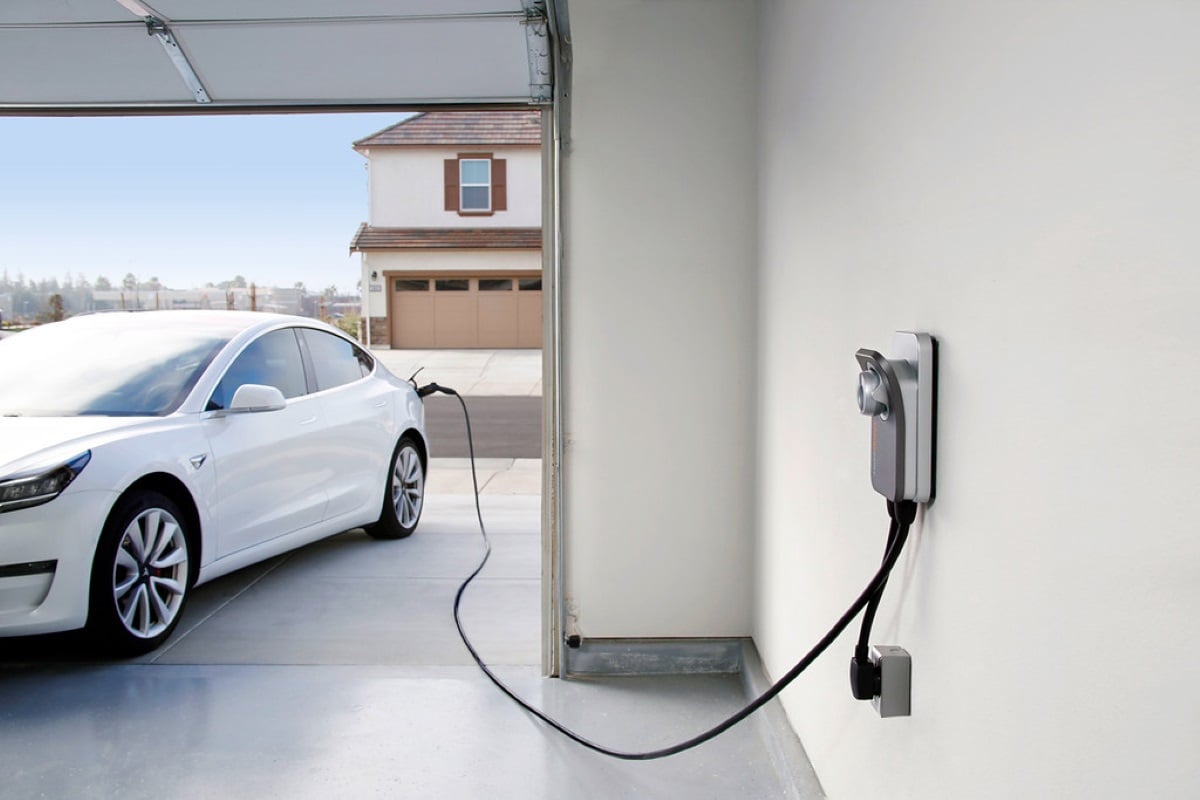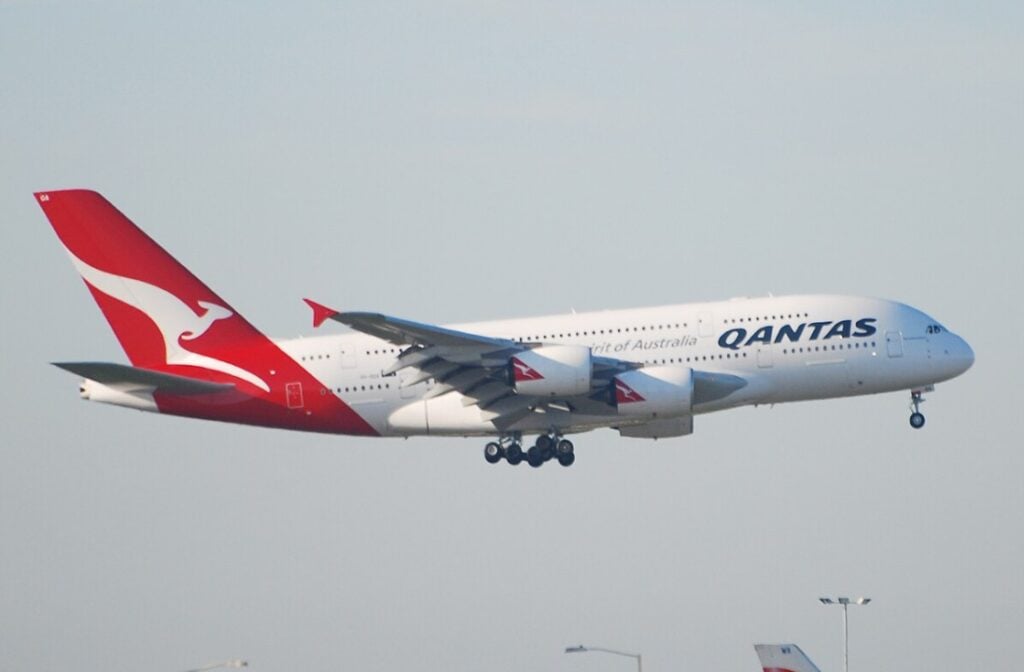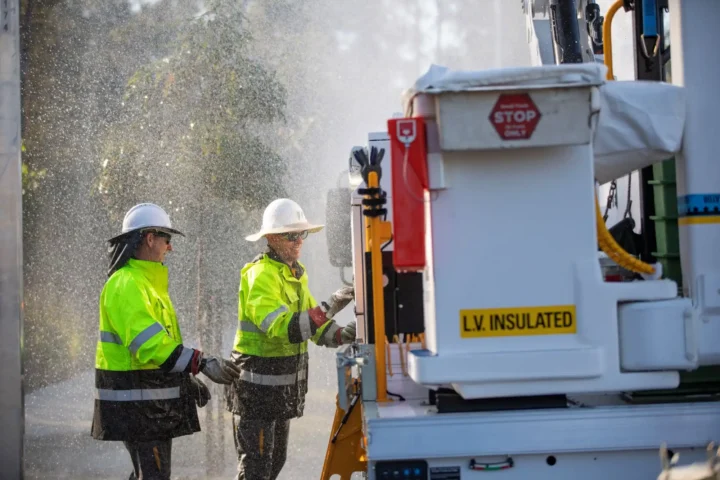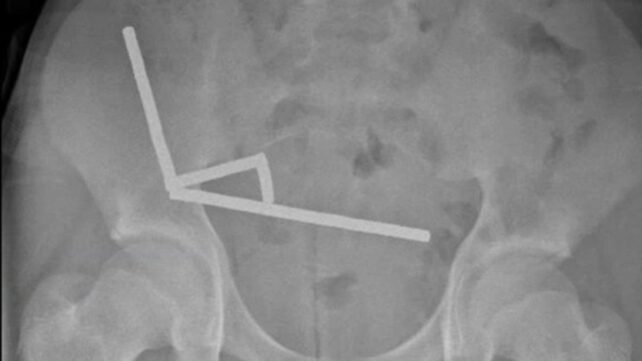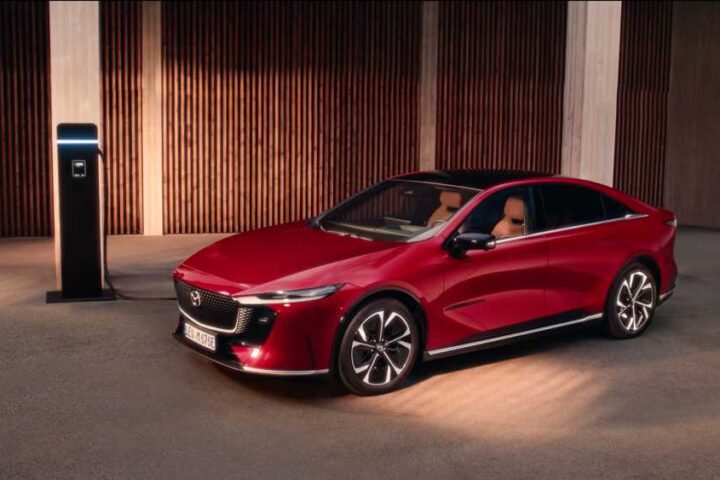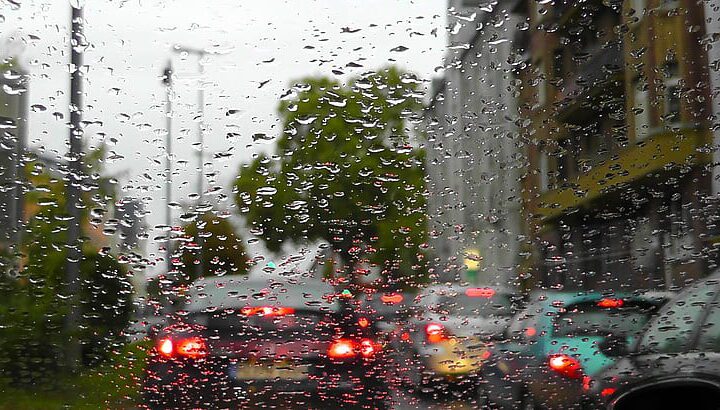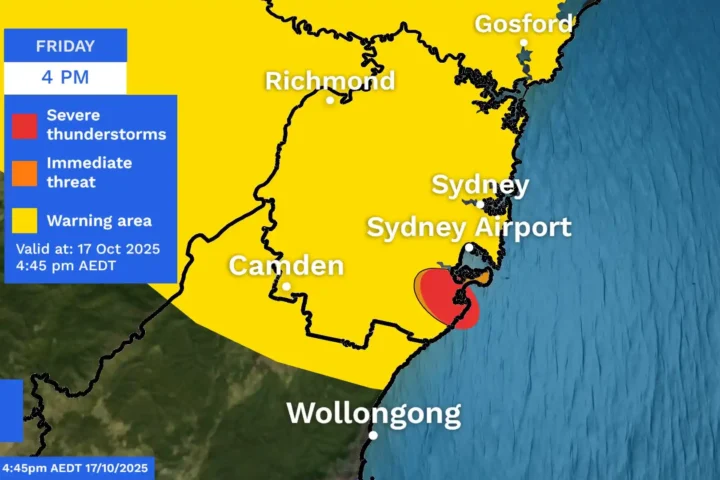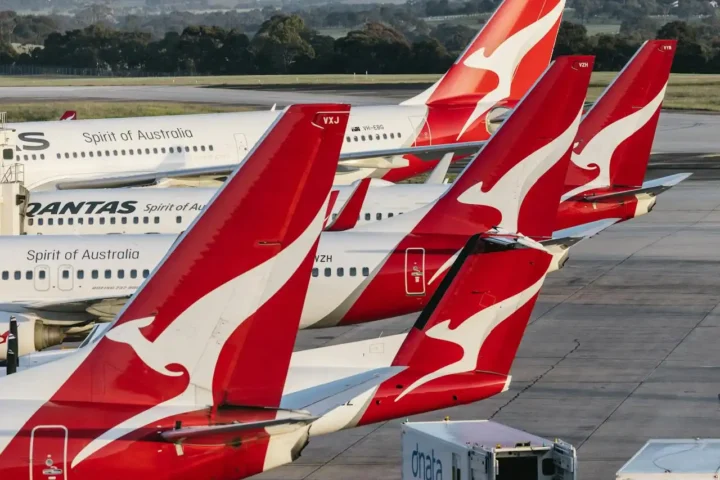Australian electric vehicle drivers will likely pay a new yearly distance-based tax as the federal government works to replace declining fuel excise revenue. Treasurer Jim Chalmers recently announced plans to develop a national road-user charge to ensure EV owners contribute to road infrastructure funding.
The move follows a High Court ruling that struck down Victoria’s state-level EV tax. The court declared it an unconstitutional excise that only the federal government has the power to impose. This decision has put the Commonwealth in charge of implementing any future EV taxation system.
Petrol and diesel vehicle owners currently pay 50.8 cents per liter in fuel excise. This costs typical households around $1,200 yearly and generated $15.71 billion in revenue during 2023-24. The government expects to collect $67.6 billion over the four years to 2026-27. As more Australians switch to electric vehicles, this critical revenue stream faces growing pressure.
EV motoring expert Toby Hagon told Yahoo Finance the new tax would likely be collected as a distance-based charge of about 3 cents per kilometer. “EVs at some point need to start paying their way,” Hagon said. “It’s an inevitability that they’re going to have to start paying taxes as petrol and diesel cars do today.”
For the average Australian who drives about 12,100 kilometers yearly, this would mean an annual payment of roughly $363. This is significantly less than what typical petrol car owners pay through fuel excise.
The practical implementation would likely involve drivers reporting their odometer readings periodically, possibly during annual vehicle registration renewal. The government would then calculate the tax based on distance traveled. New Zealand already uses a similar system where drivers purchase “road user charges” in 1,000-kilometer blocks in advance.
New South Wales is currently the only state with firm plans for a road-user charge, scheduled for 2027 or when EVs reach 30% of new car sales. Western Australia has also stated its intention to implement a similar charge. These state plans may need adjustment following the High Court’s ruling on Victoria’s attempt.
Similar Posts
Many industry experts favor a universal system applying to all vehicles based on both weight and distance travelled. “I’m not sure why we would treat EVs any differently to any other car on the road, we should be taxing them all equally,” Hagon said. “Apply a road user charge across the board and get rid of fuel excess. It seems like a logical way to do it.”
A weight-based component makes sense because heavier vehicles cause more road damage regardless of their power source. Some industry experts suggest including additional factors like location and time of day in an ideal system.
The Australian Automobile Association supports a nationally consistent approach but wants guarantees that the collected revenue will go directly to road infrastructure projects.
Despite the new tax, Hagon believes it won’t significantly impact EV sales. “I don’t think it’s going to have an enormous impact on EV sales, because we’ve seen the price of EVs come down enormously over the last two or three years, and the competition is ramping up,” he said. The running costs of an EV would still remain lower than those of petrol vehicles even with the new tax.

Chalmers has acknowledged the complexity of this reform, stating: “All of this represents a big agenda on the supply side of our economy. None of these reforms are simple.” He emphasized that implementing the new tax will involve thorough consultation with states, territories, and industry stakeholders.
For Australian EV owners, this means preparing for a new annual expense based on how much they drive, though likely at a lower total cost than what petrol car owners currently pay through fuel excise.
